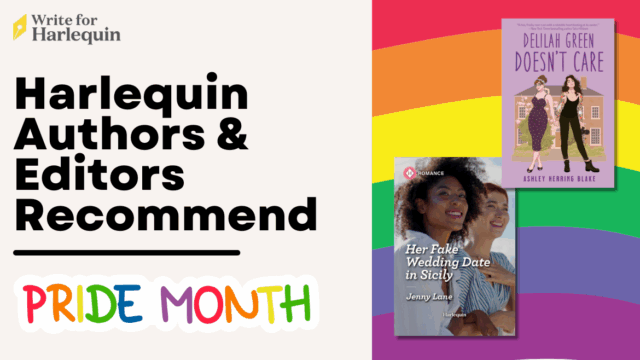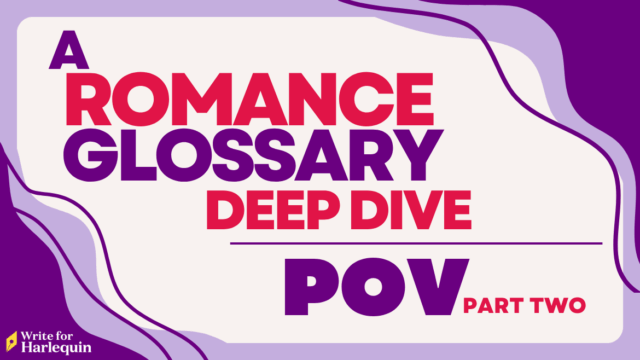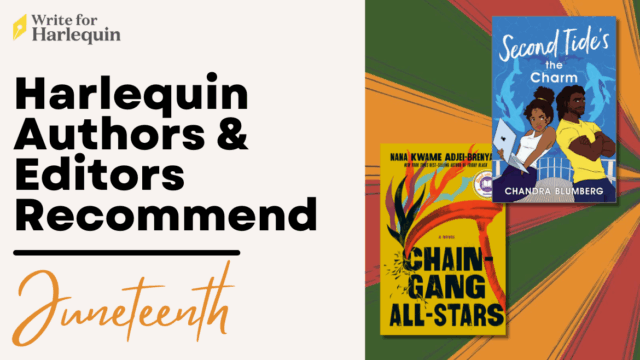
By Nicholas Arnold
Part of crafting a compelling story that keeps a reader engaged is writing subplots. Subplots, while perhaps less important than the main storyline, are the secondary threads that reveal more about the characters, adding an enriching layer to the story.
Subplots are a great way to refine character development and even heighten conflict or set up possibly unexpected plot turns. They work in tandem with your main plot and should not deter or detract but rather support the main story. It should never overpower it. At that point, you’ll simply confuse your reader.
That said, subplots have a certain amount of importance to them as well. They deserve their own arcs and conclusions (which, by the way, can—and often do—tie in to the main plot’s conclusion).
Subplots are often driven by compelling secondary characters that help support the plot’s conclusion. As the Write for Harlequin blog team has said in the past, “Whether it’s the heroine’s lifelong BFF, or a cashier at the convenience store she just happens to run into, secondary characters may be used as plot devices to show rather than tell how the protagonist comes to the conclusion that will lead to the book’s happy resolution.”
Subplots involving secondary characters can also creatively mimic or provide contrast to themes found in the main plotline, helping to tie everything together in the end.
It’s important to note – smaller word counts don’t always allow room for subplots. Best to keep them on the minor side if attempting them within a shorter manuscript. However, whether you have the room to play around with a steady-paced subplot or are merely trying to help enhance the conflict and depth of your characters through a minor storyline, make sure that your scenes, characters, and dialogue are efficient and well-paced throughout the story. In the end, a good subplot helps the story without weighing it down.




